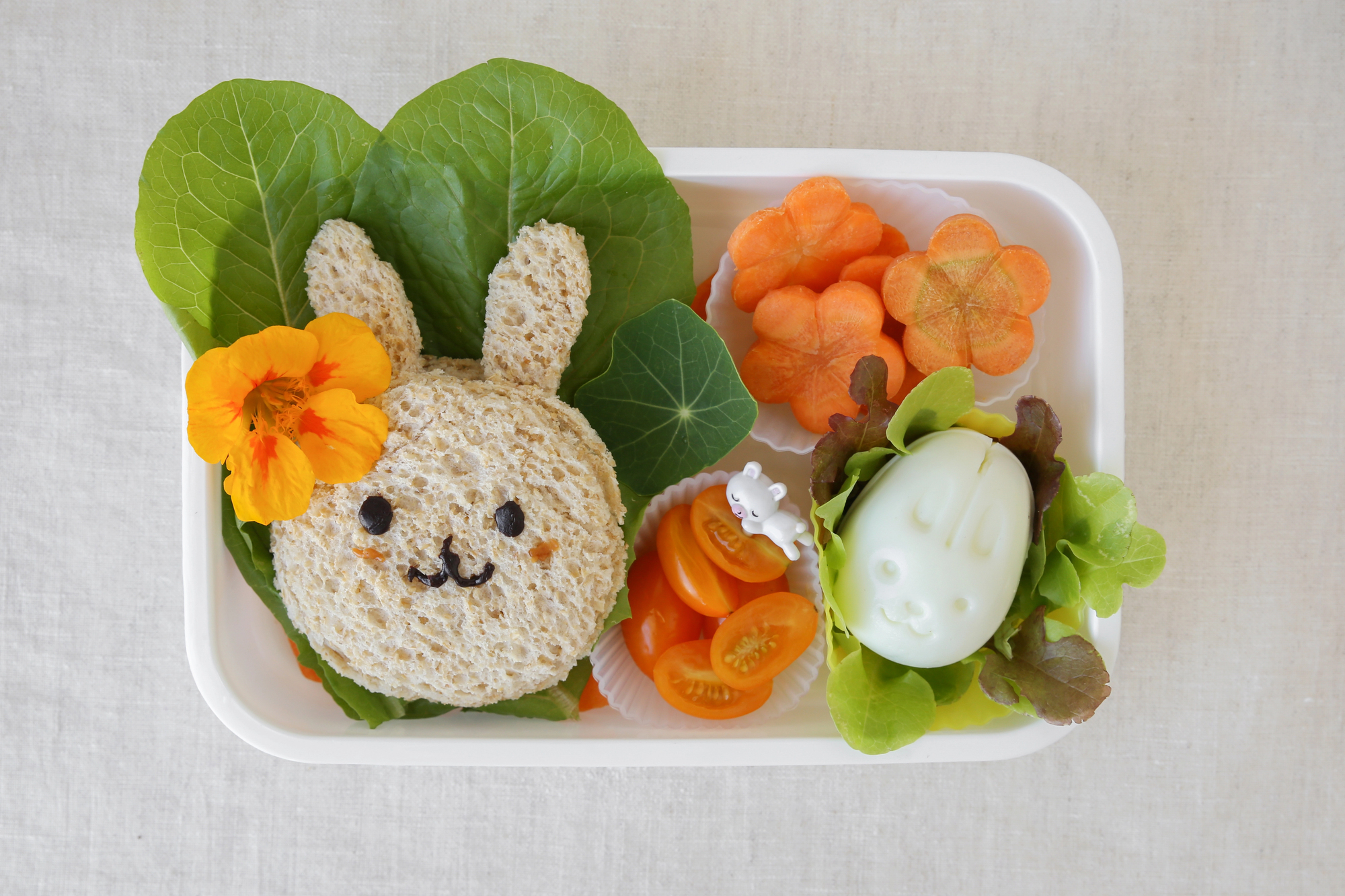As parents, it is important to instil healthy habits in our children to enhance their health and overall quality of life.
One of the best ways to do this is through diet. However, while toddlers benefit significantly from breastmilk, switching to other foods can be extremely difficult.
In today’s world of speed and convenience, there is the wide and easy availability of processed and junk food. So, it is more important than ever to encourage healthy eating habits in children.
In this article, we will discuss 9 ways you can do this to ensure your children are consuming nutritious food that will facilitate their optimum growth and development.
1. Start Early: Set the Stage for Healthy Eating from the Start
The first step to developing healthy eating habits in children is to start early.
According to some research, a child’s taste preferences begin to form in the womb – due in part to what their mother eats. They also are believed to be fully developed by the age of two. So, it is essential to introduce a variety of healthy foods to your children during their early years.
As a parent, the more fruits, vegetables, and whole grains you can get them eating within their first foods the better. Children who are exposed to a variety of fruits and vegetables during infancy are more likely to accept them as they grow older.
2. Set a Good Example
Children learn by observing their parents and imitating their behaviour. So, if you want them to foster healthy eating habits, you will need to lead by example.
Make sure they see you eating – and most crucially, enjoying – a balanced and healthy diet yourself. After all, you can’t expect them to choose fruits, vegetables, whole grains, and lean proteins if all they see you do is consume junk food and sweet treats.
If they do watch you eating healthy and balanced meals, they are more likely to want to try the foods themselves.
3. Make Mealtimes Fun
Making mealtimes fun and enjoyable is a very good strategy for encouraging children to develop healthy eating habits.
One of the best ways to do this is to try and involve them in meal planning and preparation. This can start at the supermarket when you can inspire them to pick out the vegetables and fruits they most like the look of. Then, when preparing meals, let them assist you in measuring and mixing ingredients.
Additionally, you can create fun themes or use creative placemats and utensils to make mealtime even more exciting.
Turning mealtimes into a battle where you won’t let your children leave the table if they don’t eat all their vegetables only fosters greater resistance to them. Instead, by making the entire process of mealtime fun, you will not only help them develop a positive attitude towards healthy eating but also create happy memories for years to come.
4. Provide a Variety of Healthy Foods
They say variety is the spice of life. Well, it can also be the key to ensuring your children eat more healthily too.
Offering a wide range of nutritious foods can help children develop a taste for them. So, try and introduce a new fruit or vegetable every week. Additionally, try changing up the way you prepare and present them and start with very small portion sizes, which won’t seem too overwhelming to your child.
If they like it, they will certainly ask for more!
5. Avoid Rewarding with Food
Using food as a reward is something many parents do. However, it is not a good idea because it can create a negative association with healthy eating habits.
Instead of offering food as a reward, try other methods to encourage good behaviour. For example, offer praise, extra playtime, or a special activity they enjoy.
Additionally, try to avoid using food as a comfort measure. Instead, offer comfort and support through physical touch, talking, or spending time with them doing an activity they enjoy.
6. Make Healthy Foods Readily Available
Sometimes when children (or adults) are hungry they just want the quick option. But this is when they develop unhealthy eating habits.
For this reason, you should make sure that healthy foods are always readily available to eat in your home.
Keep fruits and vegetables washed and cut up in the fridge for quick and easy snacks. Similarly, healthy snacks like nuts, seeds, and whole-grain crackers are on hand when hunger strikes.
Additionally, remove the temptation of snacking on processed and junk food in the house by not buying them in the first place.
7. Get Creative with Healthy Foods
Getting creative with healthy foods can make them more appealing to children.
For example, try creating fun shapes or designs with fruits and vegetables, or use cookie cutters to make sandwiches more exciting.
Also, incorporating healthy foods into their favourite dishes is another good option. For example, you can add vegetables to spaghetti sauce or mix fruits into their cereal or yoghurt. The possibilities are endless and can go a long way towards helping your children develop a positive attitude towards healthy foods.
8. Recreate Junk Food
While it is important to introduce children to a variety of healthy foods, it is also crucial to limit their intake of junk food.
Typically, they are usually high in calories, sugar, and unhealthy fats and can lead to obesity and other health problems. However, you can still take some inspiration from junk food to create a nutritious meal your child will like.
Instead of buying a burger and fries at a fast-food chain, make homemade patties on a grill and cook potatoes in the air fryer. Similarly, make nachos with fat-free sour cream and good quality non-processed cheese.
Likewise, make cola or lemonade instead of buying sodas that are high in sugar. Your kids will probably enjoy it more.
9. Be Patient, Persistent and Keep Your Cool
Developing healthy eating habits in children is not always easy, and it requires patience and persistence.
It is important to keep offering healthy foods even if they are initially rejected. Research shows that it can take up to 10-15 exposures to a new food before a child will accept it.
Therefore, it is important to keep offering healthy foods in different ways and to be patient as children develop a taste for them.
Likewise, it is crucial that you keep your cool and do not get angry at your child for refusing to eat the healthy food you give them. Doing that will only make them feel more resentful or less inclined to try it.
Conclusion
We all know that fostering healthy eating habits in children is essential for their growth and development.
Starting early is the key. However, it is also important to lead by example, make mealtime fun and provide them with various healthy food options.
At the end of the day, behaviour is not learnt overnight. So, it is worth putting in the groundwork over however long is necessary to ensure your child develops healthy eating habits as they move towards their teenage years and into adulthood.








